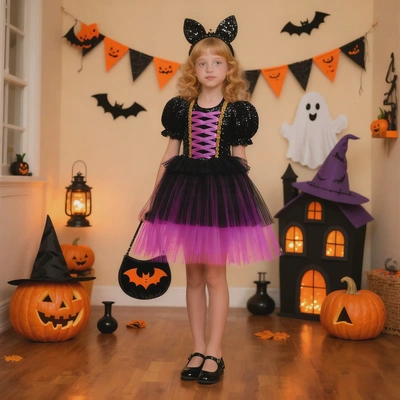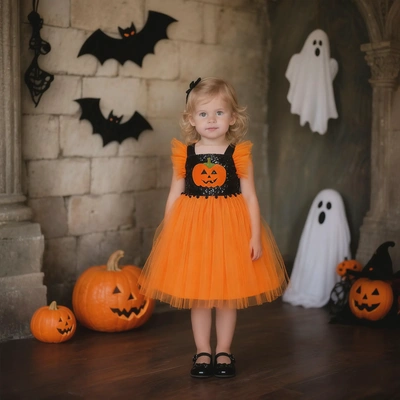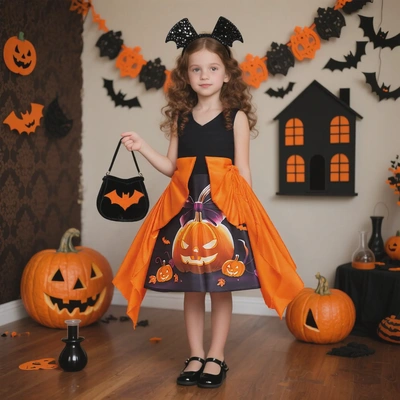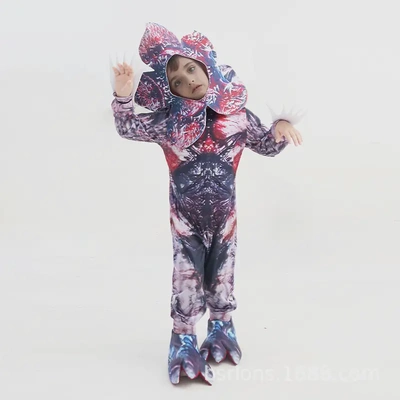How to Identify High - Quality Cosplay Fabrics and Materials (A Buyer's Guide)
Introduction
When delving into the world of cosplay, selecting the right fabrics and materials is crucial. High-quality components not only enhance the overall look of your cosplay but also contribute to its durability and comfort. This buyer's guide will equip you with the knowledge to identify top-notch cosplay fabrics and materials.
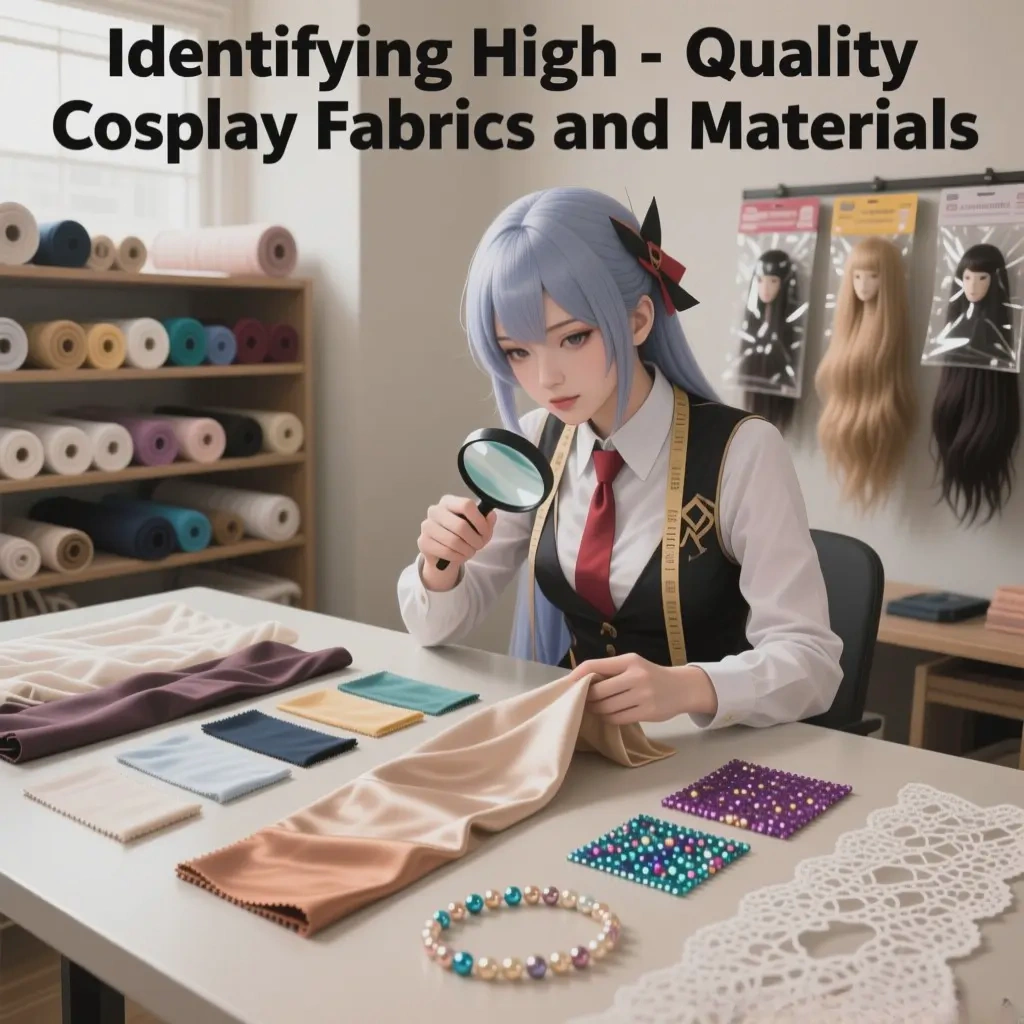
1. Understanding Fabric Basics
1.1 Fiber Types
- Natural Fibres
- Cotton: Renowned for its breathability and softness, cotton is a popular choice for cosplay. High-quality cotton feels smooth to the touch, has a consistent texture, and doesn't pill easily. Look for long-staple cotton varieties, as they are stronger and more resistant to wear. For example, Egyptian cotton is known for its superior quality.
- Silk: Silk exudes a luxurious sheen and is incredibly soft. It drapes beautifully, making it ideal for flowing costumes. Genuine silk is lightweight, has a smooth hand-feel, and burns with a characteristic smell (it should smell like burning hair due to its protein-based composition). Be cautious of synthetic imitations; they often lack the natural luster and softness of real silk.
- Wool: Wool is great for cosplays that require warmth or a textured look. Good-quality wool is resilient, retains its shape well, and is resistant to wrinkles. It should have a soft, non-itchy feel. Merino wool, in particular, is known for its fine texture and comfort.
- Synthetic Fibres
- Polyester: Polyester is durable, wrinkle-resistant, and often more affordable. High-quality polyester fabrics have good colorfastness, meaning they don't fade easily. They also have a smooth finish and can mimic the look of natural fibers in some cases. However, polyester is less breathable than natural fibers, so it's important to consider the comfort factor, especially for long-wearing cosplays.
- Nylon: Nylon is strong, lightweight, and has excellent abrasion resistance. It's commonly used for costumes that need to withstand movement, like action-hero cosplays. High-quality nylon has a shiny, smooth appearance and is often used in combination with other fibers to enhance its properties.
2. Assessing Fabric Quality
2.1 Appearance
- Color and Dyeing: High-quality fabrics have vibrant, even colors. The dye should be well-saturated and not bleed or fade easily. Check for any color variations or streaks on the fabric. A fabric with a consistent color throughout indicates better dyeing quality.
- Texture: Run your hand over the fabric. It should feel smooth and free from any rough patches, bumps, or knots. The texture should be uniform, whether it's a smooth satin or a textured tweed. For example, a high-quality velvet should have a plush, even pile.
2.2 Durability
- Tensile Strength: Gently pull on a small section of the fabric. It should resist stretching and tearing. Fabrics with higher tensile strength are more likely to withstand the rigors of cosplay, including movement, posing, and handling.
- Seam and Edge Quality: Examine the seams and edges of the fabric. They should be well-finished, with no loose threads or fraying. A fabric with clean, sturdy seams is a sign of better overall quality.
3. Special Considerations for Cosplay Materials
3.1 Embellishments
- Beads and Sequins: High-quality beads and sequins are firmly attached to the fabric. They should not easily fall off or become loose. Check for any sharp edges on the beads, as these can snag the fabric or cause discomfort. The beads and sequins should also have a consistent color and size.
- Lace and Trim: Good-quality lace has a detailed and intricate pattern. It should be made of strong threads and not have any broken or missing parts. The trim should match the overall style of the fabric and be well-constructed.
3.2 Foam and Wig Materials
- Foam: Foam is often used for creating armor, props, or padding in cosplay. High-quality foam is dense, yet flexible. It should not break or crumble easily when bent or shaped. Look for foam that has a smooth surface and is free from air bubbles.
- Wigs: When choosing a wig, assess the quality of the hair fibers. Synthetic wigs should have fibers that look and feel natural, with a smooth texture. Real hair wigs, on the other hand, should be soft, free from tangles, and have a natural luster. The wig cap should fit comfortably and be well-made, with no rough edges.
4. Where to Buy High-Quality Cosplay Fabrics and Materials
4.1 Specialty Cosplay Stores
- These stores are a great source for high - quality cosplay - specific fabrics and materials. They often carry a wide range of options, from specialized prints to unique textures. The staff in these stores are usually knowledgeable about cosplay and can provide valuable advice on fabric selection.
4.2 Fabric Wholesale Markets
- Fabric wholesale markets offer a large variety of fabrics at potentially lower prices. You can find both natural and synthetic fabrics in bulk. However, it's important to carefully inspect the quality, as not all wholesalers may offer top-notch products.
4.3 Online Retailers
- Online platforms provide convenience and access to a global range of cosplay fabrics and materials. Read product reviews from other customers to get an idea of the quality. Look for retailers that offer detailed product descriptions, including fabric composition, care instructions, and size information.
FAQ
Q: Is it better to buy natural or synthetic fabrics for cosplay?
A: It depends on the specific requirements of your cosplay. Natural fabrics like cotton and silk offer breathability and a luxurious feel, but they can be more expensive and require more care. Synthetic fabrics such as polyester and nylon are durable, wrinkle-resistant, and often more budget-friendly. Consider the look, comfort, and functionality you need for your cosplay when making a choice.
Q: How can I tell if a fabric is suitable for a particular cosplay design?
A: Consider the character's appearance, the style of the costume (e.g., flowing, structured), and the environment where the cosplay will be worn. For example, if the character has a flowing, elegant dress, a lightweight, drapey fabric like silk or a high-quality polyester satin would be suitable. If it's an action-packed cosplay that needs to withstand movement, a more durable fabric like nylon or a cotton-polyester blend might be better.
Conclusion
Identifying high-quality cosplay fabrics and materials is an essential skill for any cosplayer. By understanding fabric basics, assessing quality, considering special cosplay-related factors, and knowing where to buy, you can create cosplays that stand out in terms of both appearance and durability.

